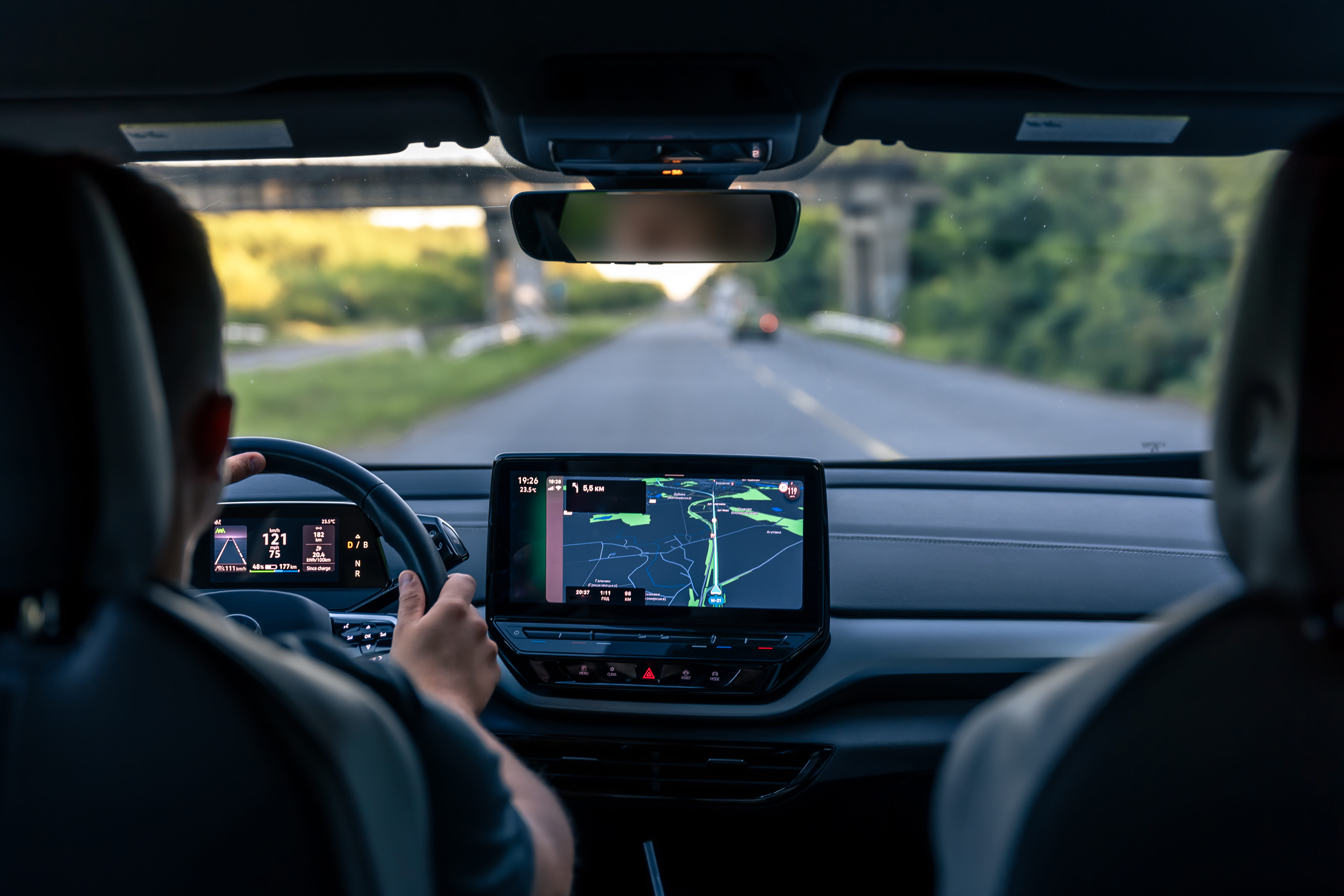Introduction
Fleet safety is a critical responsibility for any business that manages a vehicle fleet. Without the proper tools, controlling driver behaviour and ensuring safety can be difficult and potentially dangerous.
Driver monitoring devices come as a proactive solution to these problems. They contribute to risk reduction in terms of driver fatigue and driver performance, improving overall fleet safety. By adopting such technologies, companies can improve safety, minimize liability, and increase operational efficiency.
Keep reading to learn how to change the way you think about fleet safety. By the end, you’ll understand why incorporating driver monitoring devices into your fleet management plan would be helpful.
What are Driver Monitoring Devices and How They Enhance Fleet Safety?
Driver monitoring devices are advanced tools that help see and analyze numerous elements of driving behaviour. These gadgets collect real-time information about driving patterns, awareness, and overall performance.
They use critical algorithms to provide insights into how drivers engage with their vehicles. This is helpful in the identification of unsafe driving behaviours, such as speeding or distracted driving. This allows fleet managers to tackle these concerns effortlessly. Companies that use driver alertness and collision avoidance systems can considerably improve their fleet risk management.
What to Look for While Investing in Driver Monitoring Devices ?
Before investing in driver monitoring devices, it is critical to consider key features that ensure accurate driver activity tracking. Here are some vital pointers that you need to keep in mind before investing in one.
- Choose devices that provide complete driver fatigue monitoring to identify symptoms of drowsiness. Furthermore, real-time driver monitoring capabilities are required for rapid feedback and action.
- Look for devices that come with driver performance tracking capabilities, such as evaluating speed, braking habits, and adherence to traffic rules. This can give vital data for enhancing fleet safety systems.
- Always choose driver monitoring systems that seamlessly integrate with existing fleet management systems that will enhance operations.
Why Is Driver Monitoring System Important?
Implementing driver monitoring systems can significantly reduce accidents and liability. These gadgets assist in identifying and correcting risky driving practices before they lead to an incident by continuously monitoring driver performance.
Driver fatigue monitoring guarantees that drivers are alerted when they exhibit signs of drowsiness, lowering the risk of fatigue-related accidents.
Furthermore, collision avoidance algorithms included in these systems provide real-time notifications to avert potential crashes, protecting both drivers and other travellers.
How to Improve Your Fleet Safety with Driver Monitoring Devices?
1. Choose the Right Device for Your Needs
Having the right driver monitoring device is vital to improving fleet safety. Look for devices that come with full driver behaviour monitoring capabilities, such as real-time fatigue monitoring and performance tracking. Moreover, consider devices according to your fleet’s specific needs, whether you require precise driver activity monitoring or you need additional integration with the existing fleet management tools.
2. Set Clear Safety Objectives
Before adopting driver monitoring systems, establish clear safety goals for your fleet. Determine your objectives, such as lowering accident rates, increasing driver alertness, or improving overall fleet risk management. Setting defined goals will assist you choose the proper features and assess the performance of the driver safety technologies you commission.
3. Provide Comprehensive Training
Training must be provided for the successful deployment of driver monitoring devices. Make sure that both fleet managers and drivers know how to properly use the devices and analyze the information they deliver. Educate drivers on how to make use of driver fatigue monitoring and collision avoidance systems, as well as how their activity influences safety. Proper instruction promotes a safety-conscious culture and promotes the use of best practices.
4. Monitor and Analyze Data Regularly
Continuous tracking and evaluation of data from driver monitoring devices prove essential for increasing fleet safety. Use the data to monitor driver performance patterns, detect unsafe habits, and evaluate the efficacy of safety actions. Regularly evaluate information on driver alertness, activity tracking, and other key indicators to make sensible choices and necessary improvements.
5. Implement Real-Time Alerts
One of the primary advantages of driver monitoring systems is being able to send real-time alerts. Set up notifications for key safety concerns such as driver fatigue or unexpected shifts in driving behaviour. These signals enable prompt intervention, thereby preventing accidents before they happen.
6. Integrate with Fleet Management Systems
Combine driver monitoring devices into your fleet management system to improve data collection and analysis. This connection delivers an in-depth understanding of your fleet’s performance by combining safety data and operational indicators. Furthermore, it improves the ability to oversee and improve fleet operations effectively.
7. Regularly Update And Maintain Devices
Make sure your driver monitoring devices are frequently updated and examined. Software upgrades can add new features to driver safety technology while also improving its accuracy. Regular maintenance guarantees that devices work properly and continue to offer accurate and usable data for fleet risk management.
8. Foster a Safety Culture
Encourage drivers to recognize the positive effects of driver monitoring devices while encouraging a safe fleet culture. Highlight the benefits to their safety and the performance of the business as a whole. A safety-focused culture increases obedience to safety rules and enhances overall fleet safety.
9. Evaluate and Adjust Strategies
Evaluate the performance of your driver monitoring devices at regular intervals and make necessary adjustments to your safety initiatives. Evaluate the devices’ contribution to accident rates, driver conduct, and overall safety. Use this assessment for making data-driven decisions and continuously improving your fleet’s safety protocols.
10. Stay Informed New Technological Upgrades
Driver monitoring technology is always improving. So, make it a point to constantly remain up to date on the newest innovations, such as new features and upgrades to collision avoidance systems and driver performance tracking. Keeping up with technological advancements guarantees that your fleet receives the most effective safety solutions possible.
Driver Monitoring Devices: Is It Beneficial?
Yes, of course. One of the most notable benefits of driver monitoring devices is their capacity to deliver real-time alerts and reporting.
These capabilities allow fleet managers to receive instant notifications of unsafe driving behaviour, such as hard braking or quick accelerations.
The devices create detailed reports that provide insights into driver performance and can be utilized to tackle specific concerns through focused training and interventions.
This proactive strategy contributes to maintaining high safety standards and decreasing overall fleet risk management.
Final Notes
Investing in driver monitoring devices is a proactive approach to improving fleet safety systems and reducing hazards related to driver behaviour. Businesses can dramatically improve safety and operational efficiency by focusing on features like driver fatigue monitoring, real-time driver monitoring, and driver performance tracking. Incorporating these devices with existing fleet management solutions and giving sufficient training maximizes their benefits. As technology advances, keeping up to date on future trends can help you establish a revolutionary approach to fleet safety.
FAQs to Keep You Well Informed!
1.What are driver monitoring devices and how do they work?
Driver monitoring devices are tools that measure and analyze multiple aspects of driver behaviour and performance, such as awareness and driving patterns, to improve fleet safety.
2.How can driver monitoring devices reduce the risk of accidents?
They minimize the risk of accidents by sending out real-time notifications regarding risky driving behaviours and detecting indications of driver drowsiness while pairing with collision avoidance technology.
3.What features should I look for in driver monitoring devices?
Look for features like real-time driver monitoring, fatigue detection, collision avoidance systems, and connectivity with new or existing fleet management systems.
4.How can integrating driver monitoring devices with fleet management systems benefit my business?
The integration enables a coordinated approach to fleet management, combining safety data with other operational variables in order to improve overall efficiency and safety.
5.What future advancements can we expect in driver monitoring technology?
Future developments could include improved data analytics, integration with artificial intelligence for better forecasts, and advanced collision avoidance systems.



